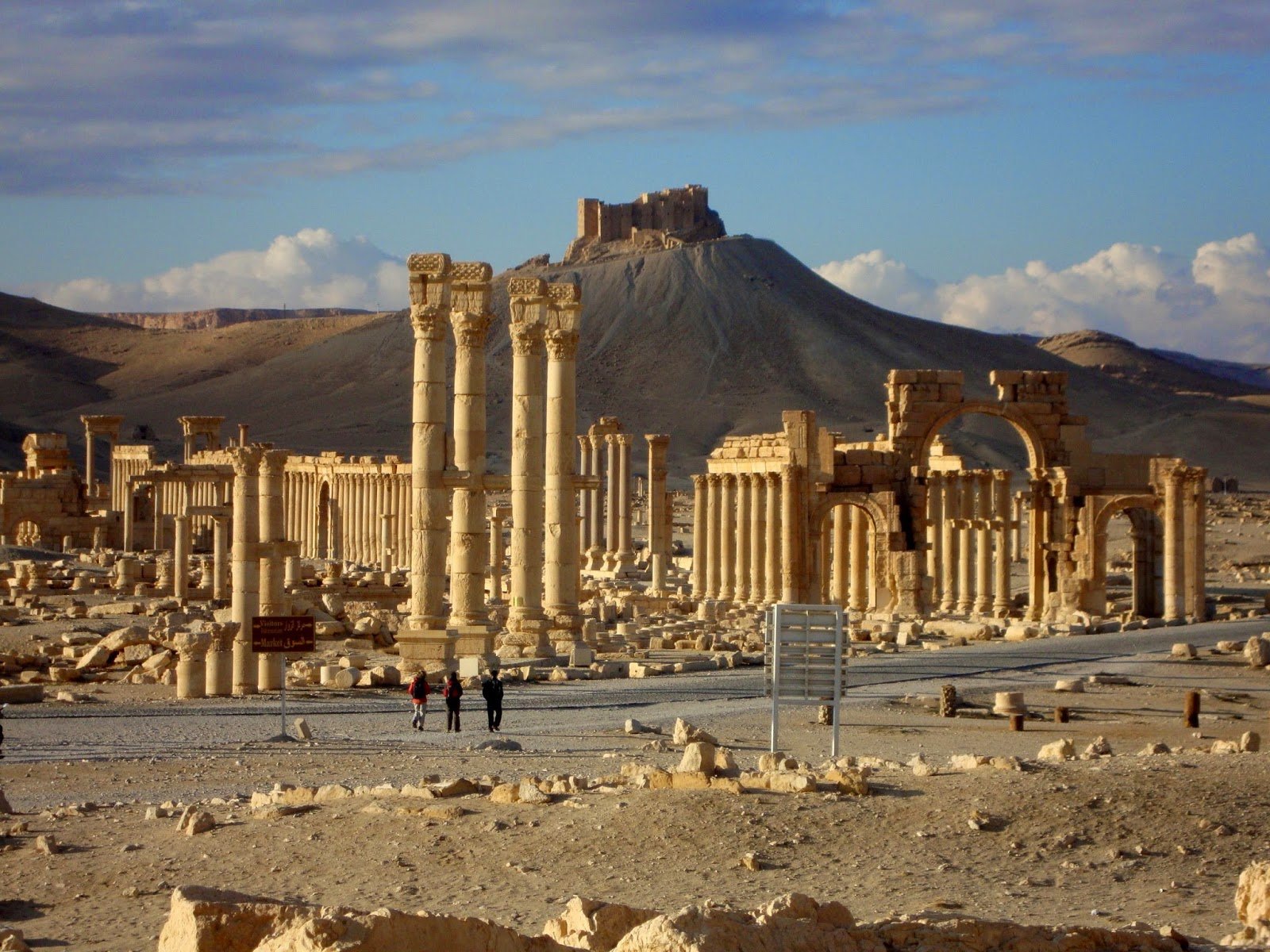ISIS militants have executed three captives in Syria’s ancient city of Palmyra by tying them to columns and blowing them up, activists say.
The identities of those reportedly killed on October 25 have yet to be given.
However, they are thought to be the first to have been killed in that way since the jihadist group seized the ruins in May.
ISIS has destroyed two 2,000-year-old temples, an arch and funerary towers at Palmyra, one of the most important cultural centers of the ancient world.
The Islamic State believes that such structures are idolatrous. The UN cultural agency, UNESCO, has condemned the destruction as a war crime.
The Syrian Observatory for Human Rights, a UK-based group that monitors the conflict in Syria, cited local sources in Palmyra as saying that on October 25 ISIS militants tied three detainees to Roman-era columns and then blew up the structures with explosives.
An activist from Palmyra, Khaled al-Homsi, said ISIS had yet to tell locals the identities of the three individuals or say why they had been killed.
“There was no-one there to see [the execution]. The columns were destroyed and IS has prevented anyone from heading to the site,” he told the AFP news agency.
Another activist, Mohammed al-Ayed, said ISIS was “doing this for the media attention”.
After overrunning the ruins of Palmyra and the adjoining modern town, also known as Tadmur, ISIS militants used the ancient theatre for the killing of 25 Syrian soldiers.
They also beheaded archaeologist Khaled al-Asaad, who looked after ruins for 40 years, after he reportedly refused to reveal where artifacts had been hidden.
Earlier this week, ISIS posted images online purportedly showing militants driving a tank over a captured soldier, who it alleged had himself driven over militants.
